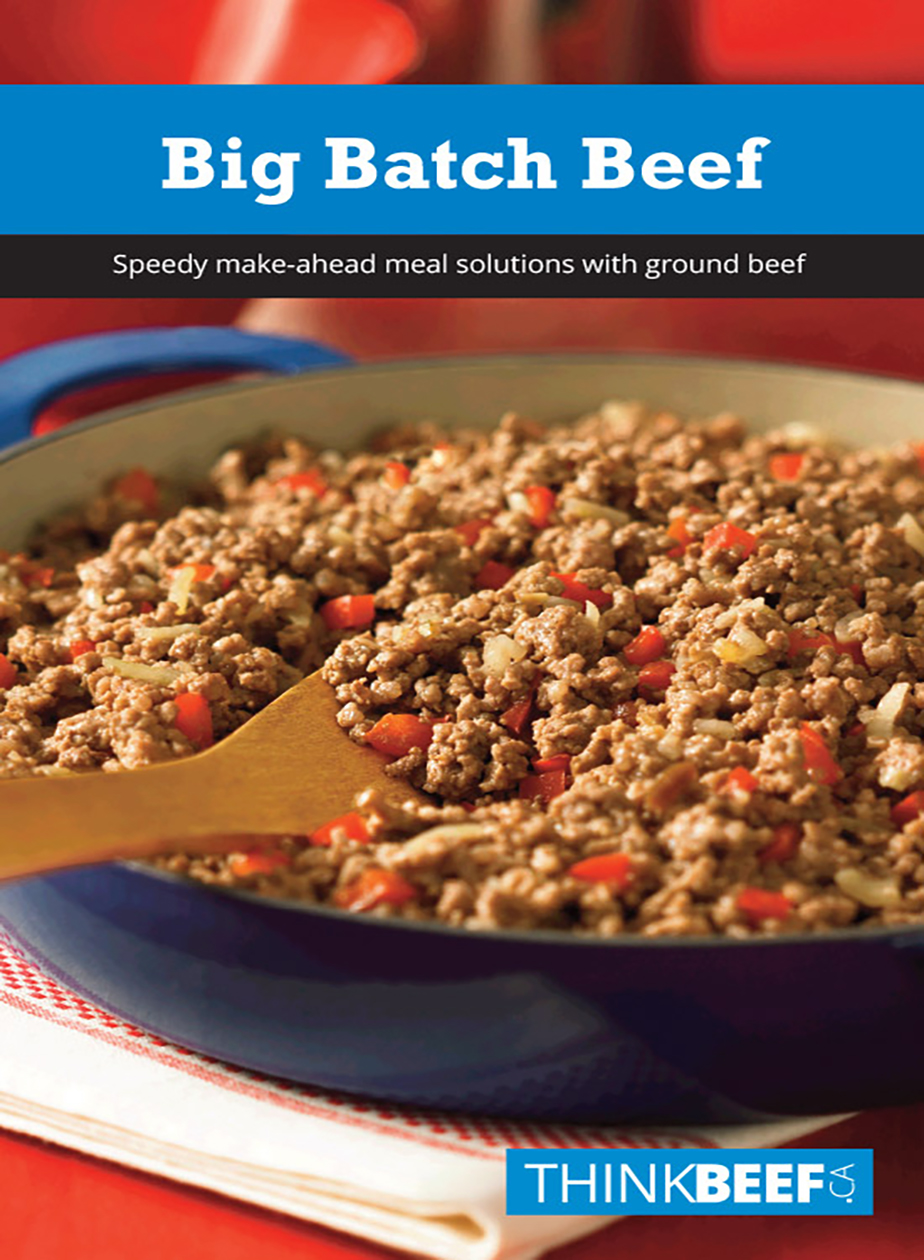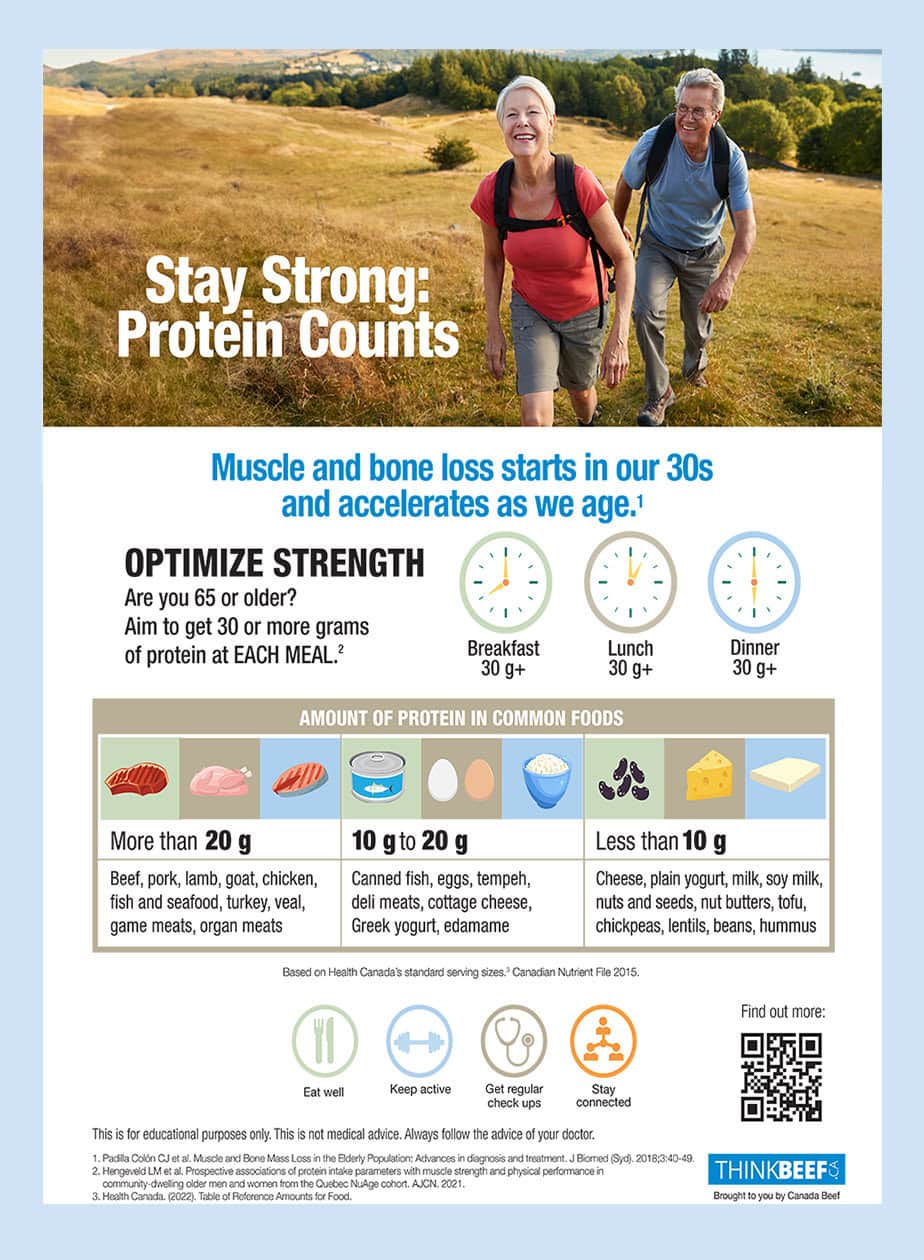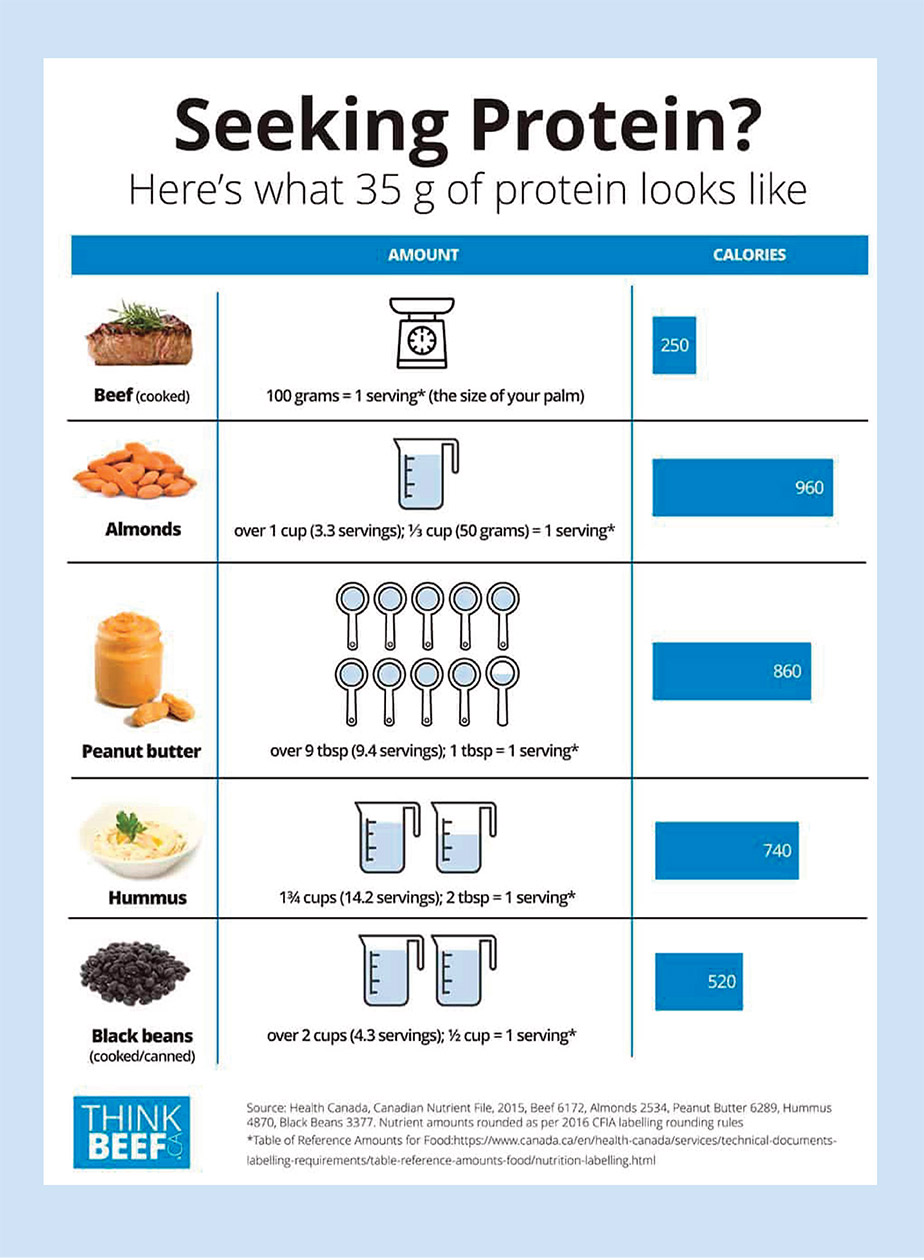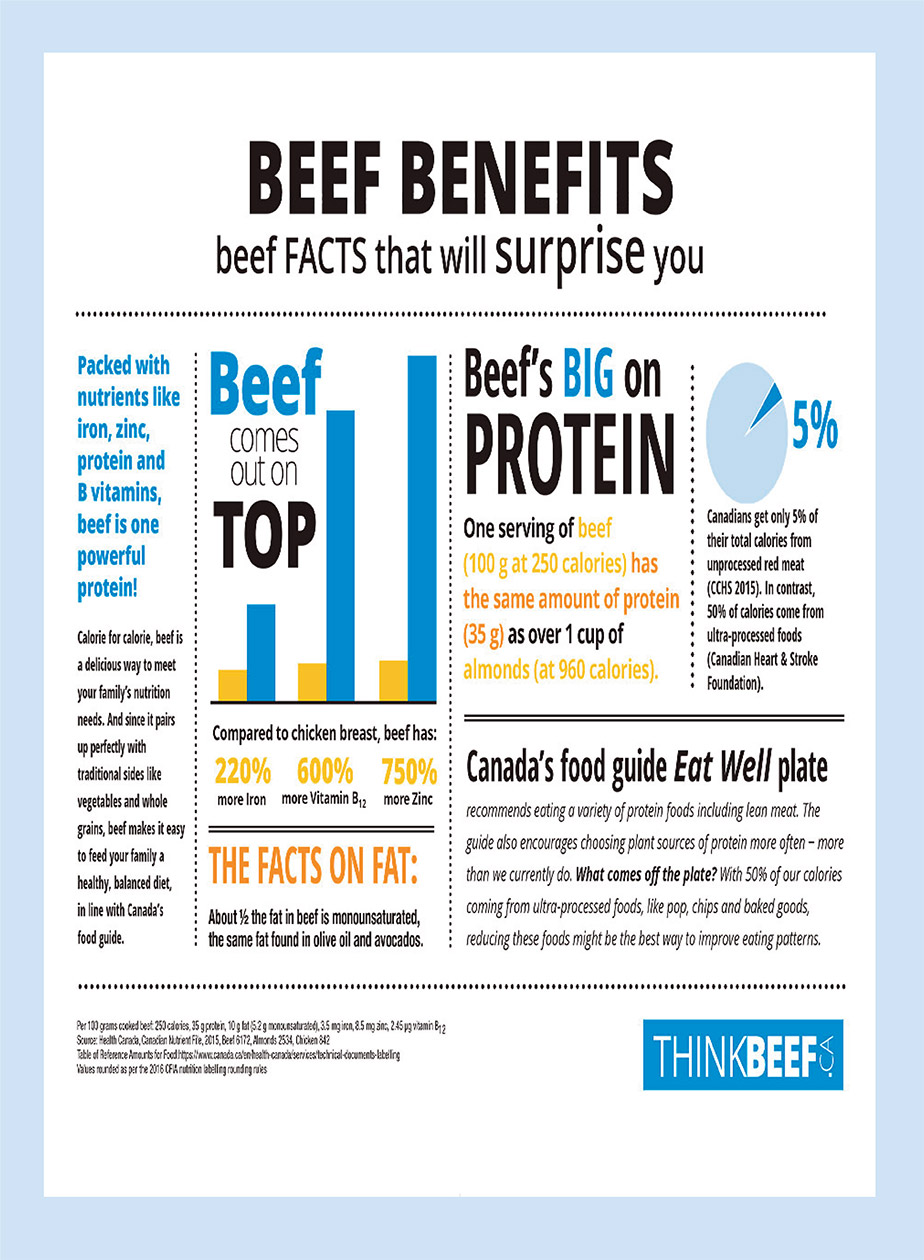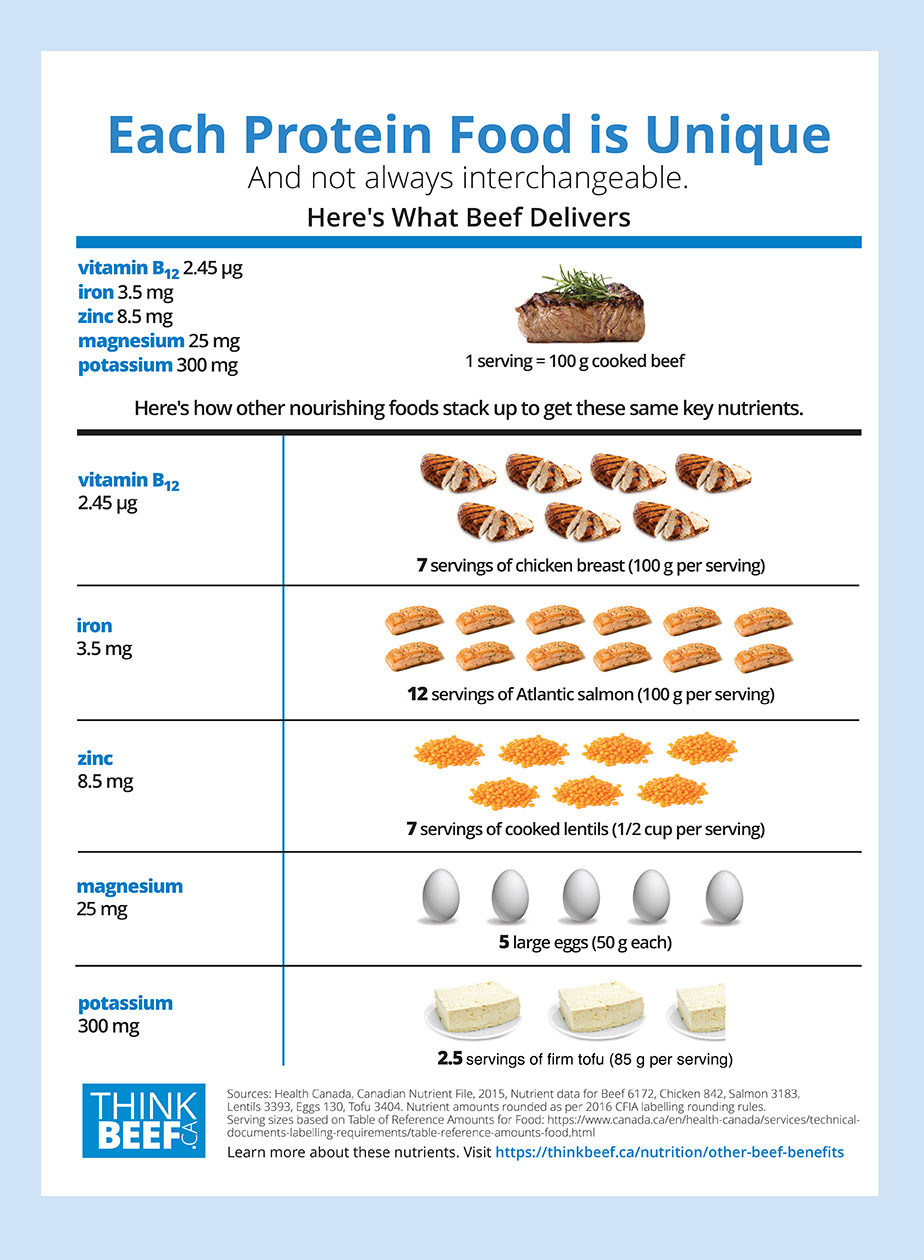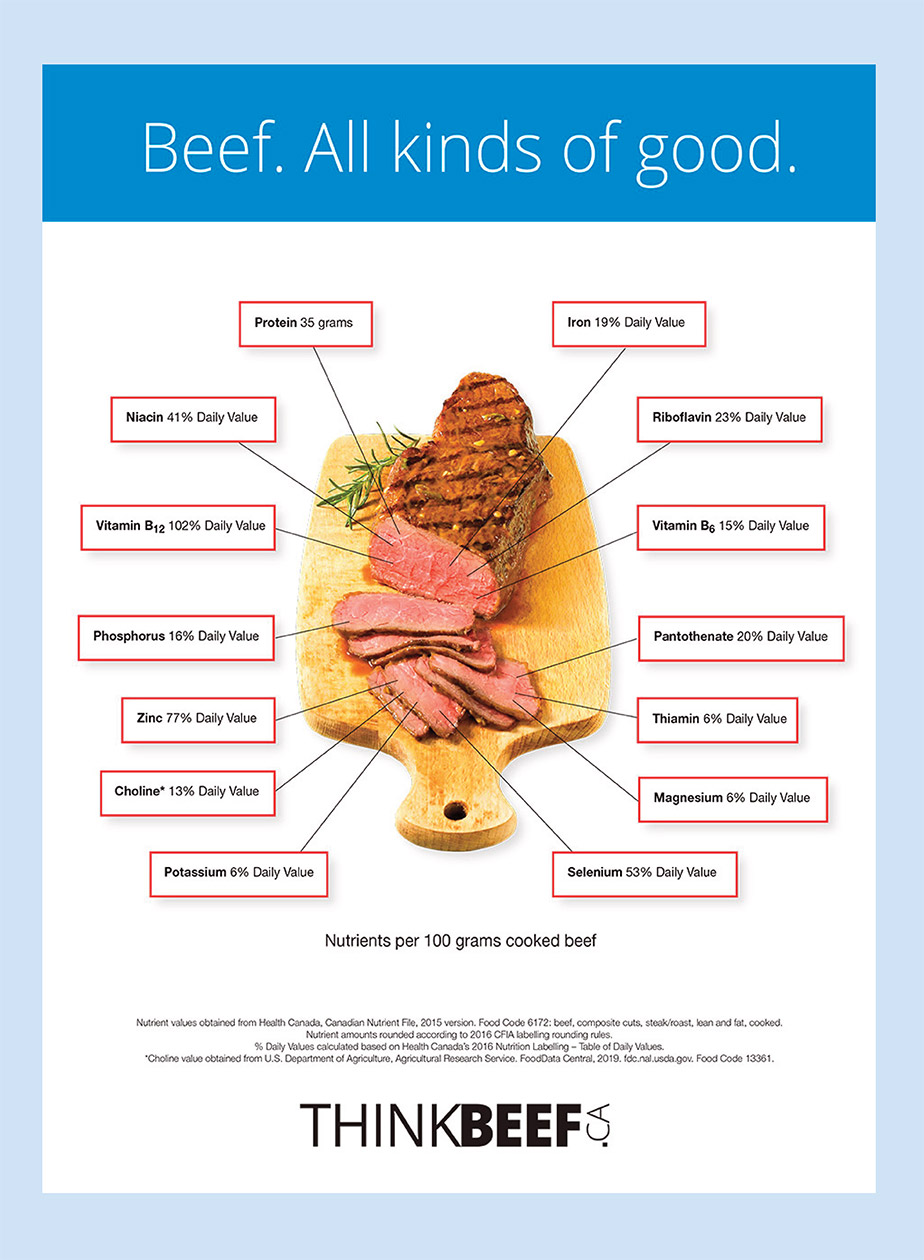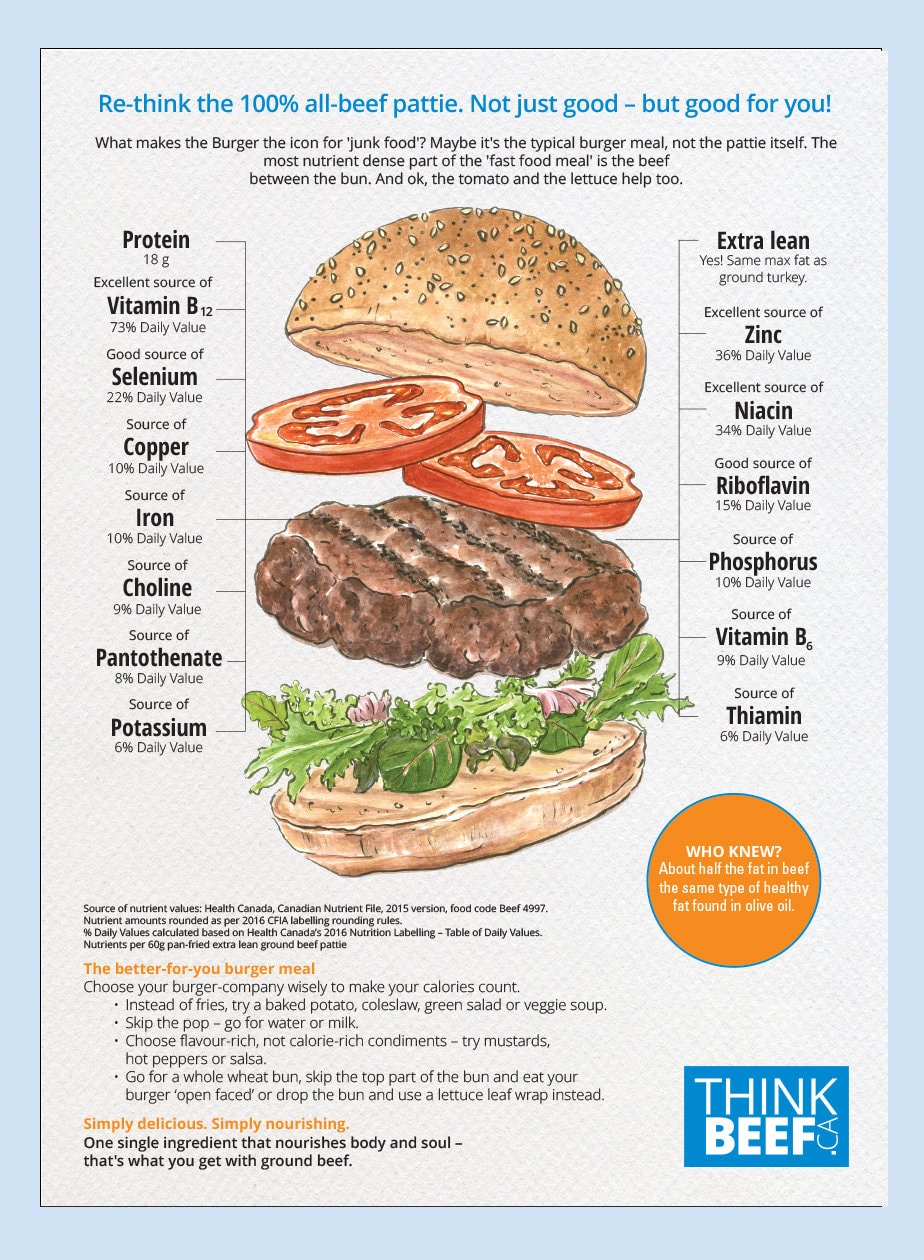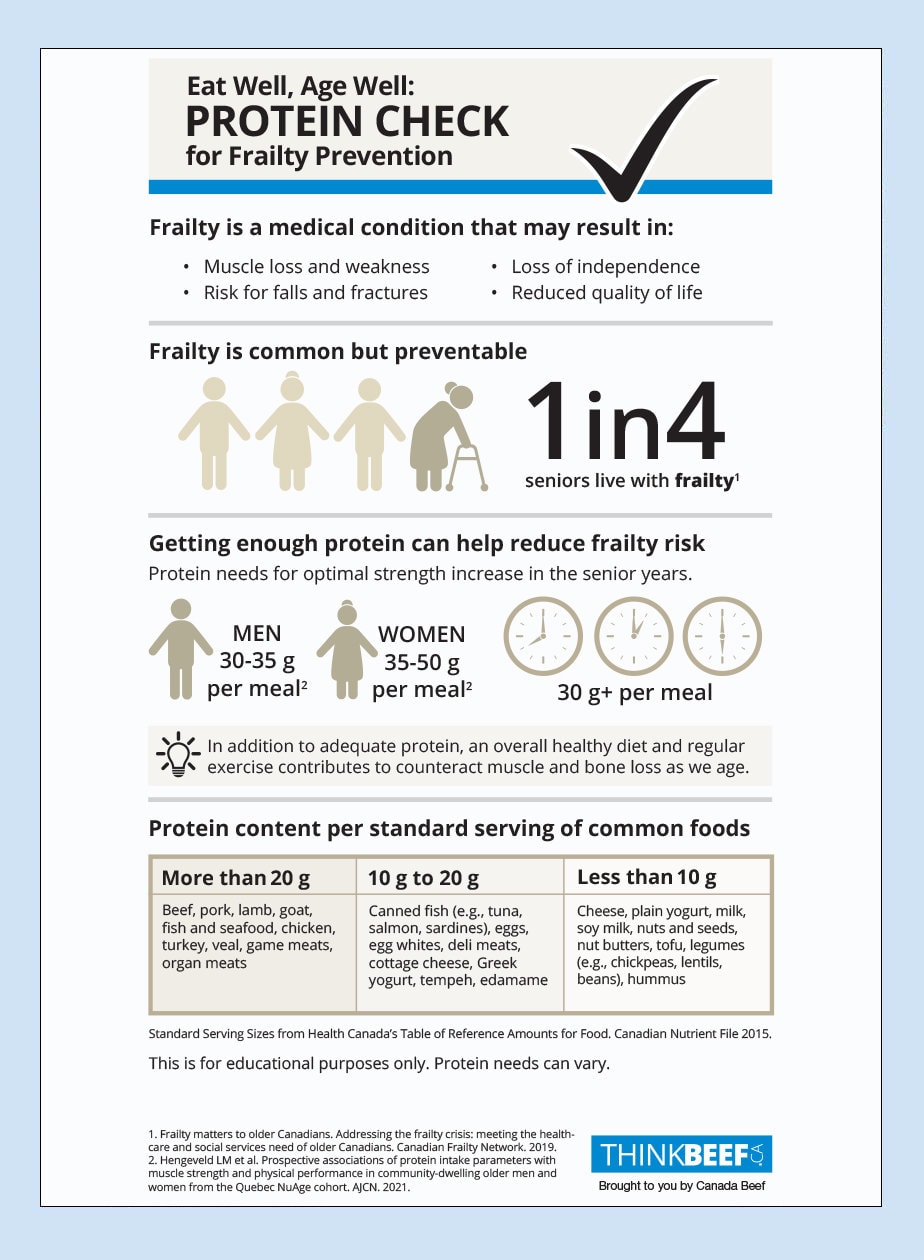Speedy make-ahead meal solutions with ground beef. 16-page booklet
Protein Resources
Booklets

Beef Belongs
Nourishing you and your family, at every stage of life. 16-page booklet

Fuel up for Fun! Summer Edition
Nourishing you and your family, at every stage of life. 16-page booklet

Healthy Bones. Healthy Life.
Bone smart recipes and tips. 20-page booklet
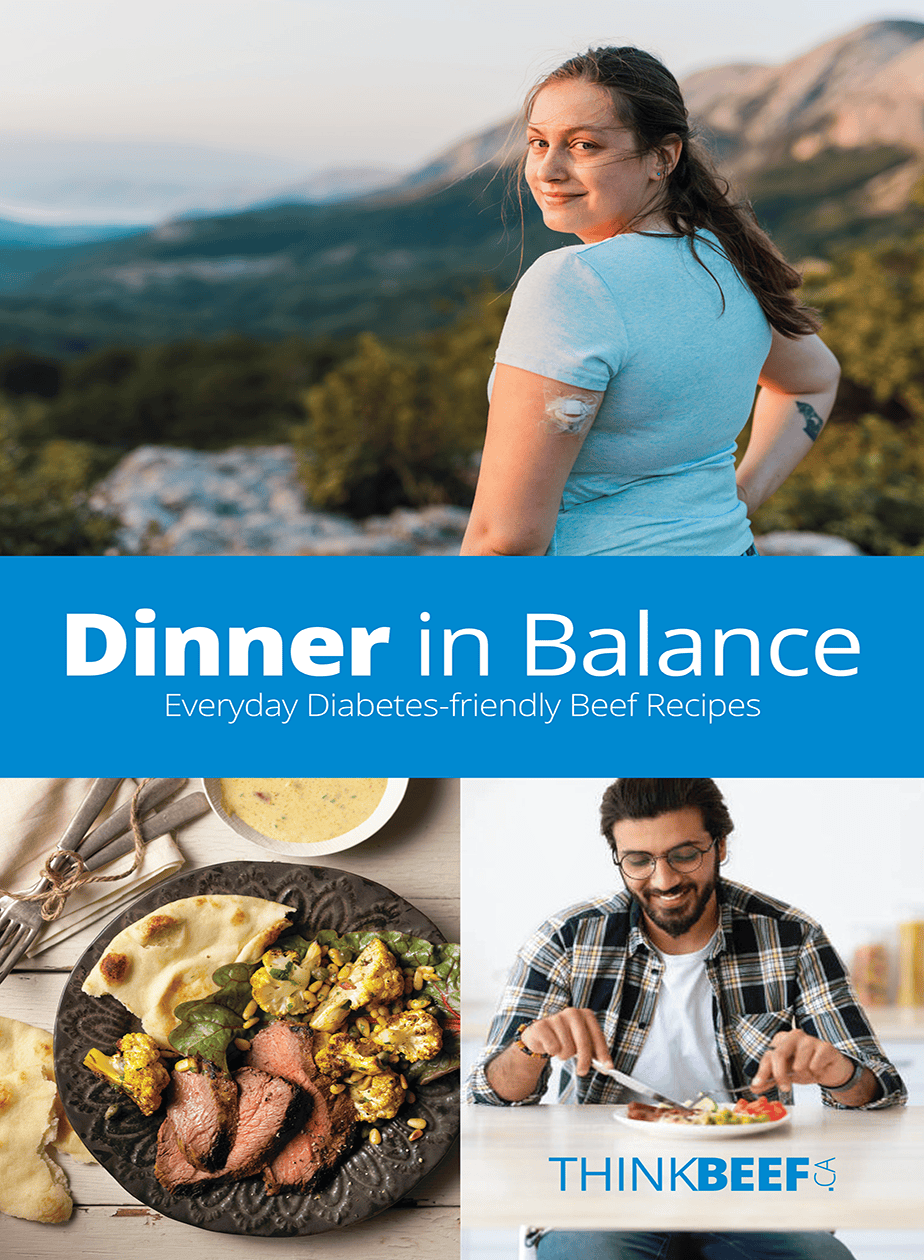
Dinner in Balance
Everyday Diabetes-friendly beef recipes. 16-page booklet
Educational Brochures

Eat Well. Age Well.
Nutrition strategies to stay strong and vital in your older years. 8 panel brochure
Infographics
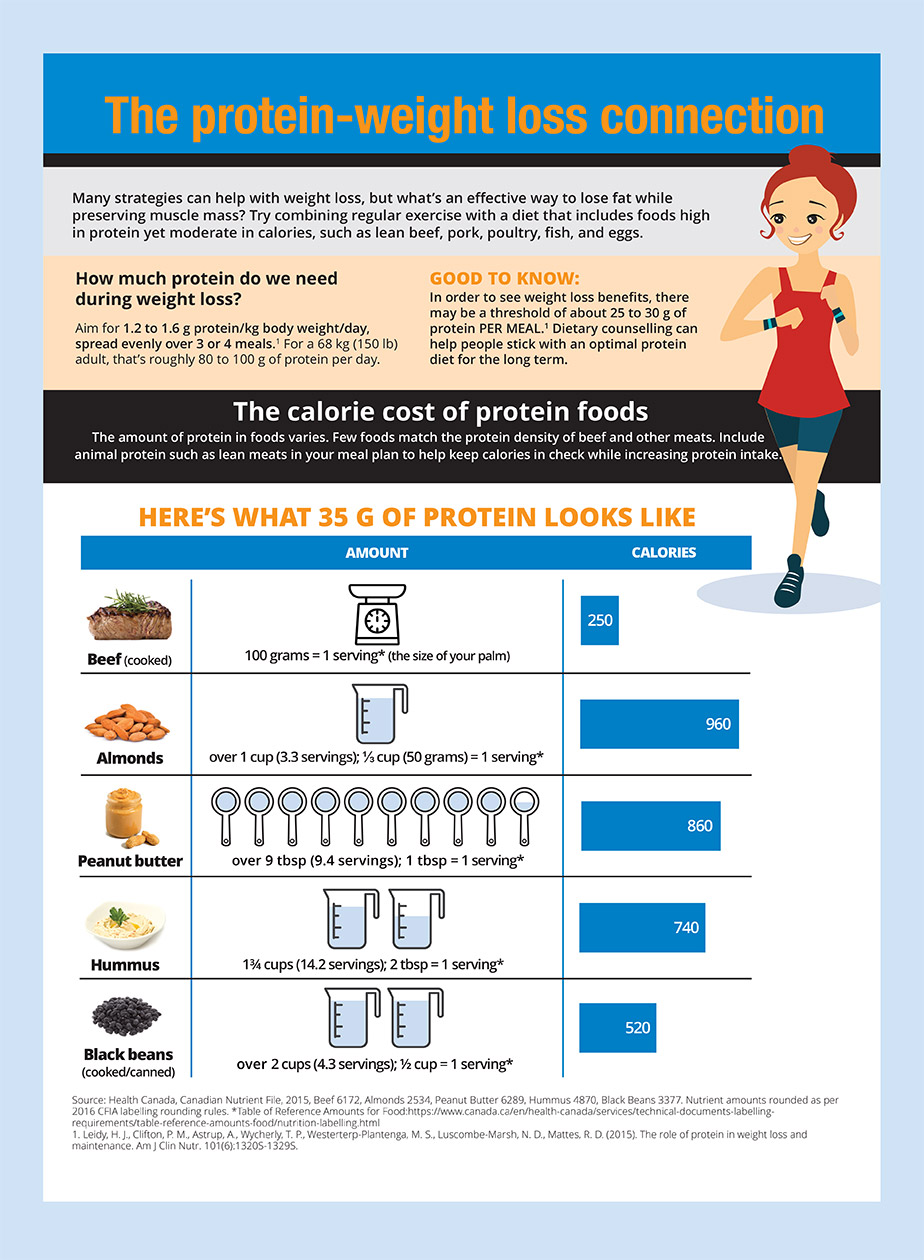
The protein-weight loss connection
Fact sheet on healthy eating for weight loss. 2-pages
Reference

The Ground Beef Toolkit
The Ground Beef Toolkit – 3rd Edition, is the first-ever guide to all things ground beef for food/health professionals only. 65-page coil-ring booklet
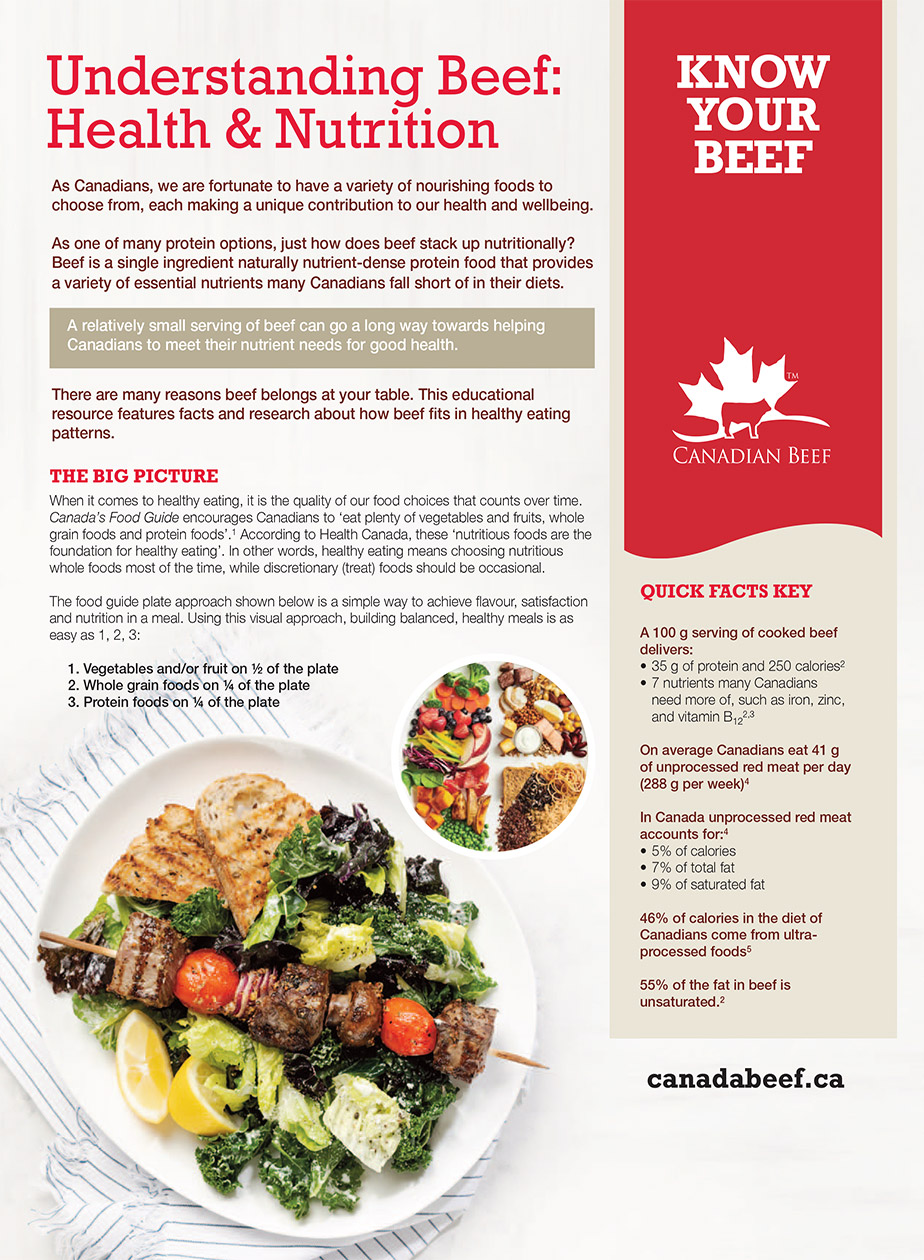
Understanding Beef: Health and Nutrition
Nutrition and health fact sheet (updated 3.24). 7-page booklet

